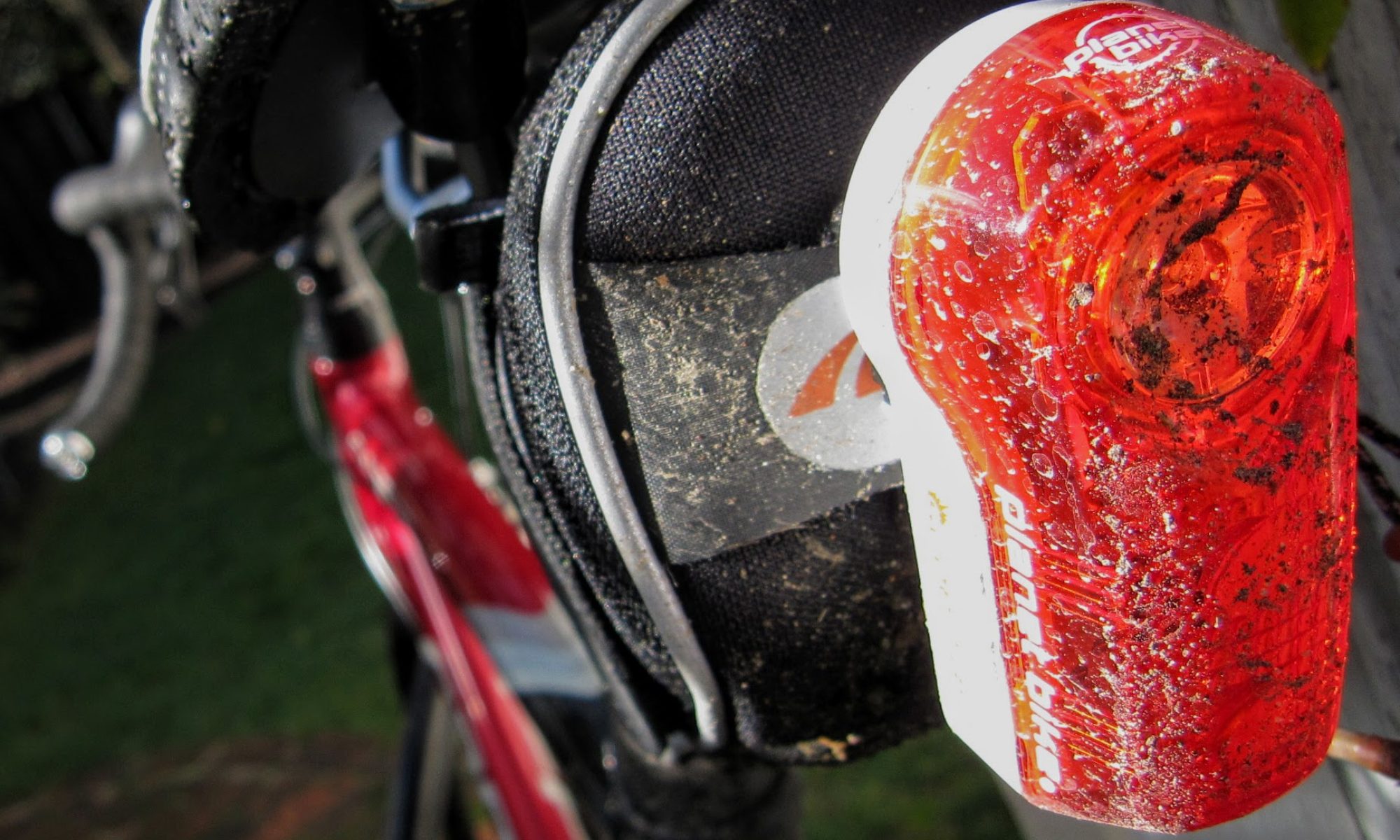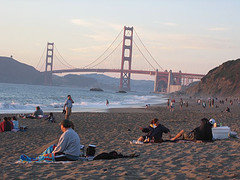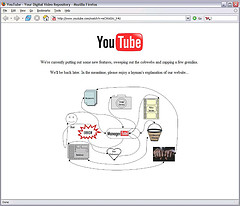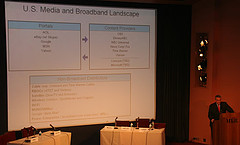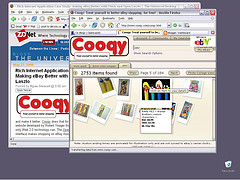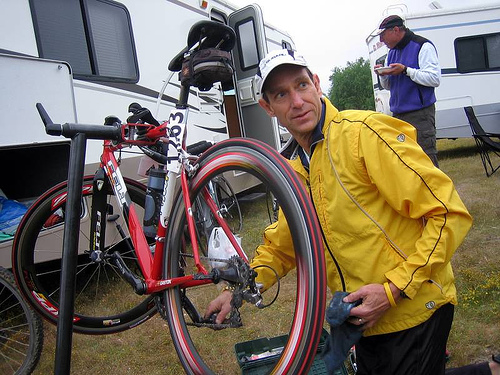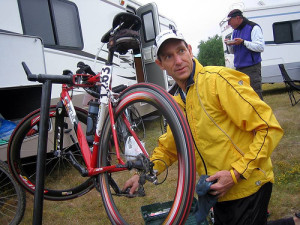Funtwo’s Canon: Digital Media Tipping Point
I was struck by recent New York Times coverage of a mysterious virtuoso electric guitar rendition of Johann Pachelbel’s Canon that has become the sixth most popular video of all time on YouTube.
Quoting from the article:
This process of influence, imitation and inspiration may bedevil the those who despair at the future of copyright but is heartening to connoisseurs of classical music. Peter Robles, a composer who also manages classical musicians, points out that the process of online dissemination — players watching one another’s videos, recording their own — multiplies the channels by which musical innovation has always circulated. Baroque music, after all, was meant to be performed and enjoyed in private rooms, at close range, where others could observe the musicians’ technique. “That’s how people learned how to play Bach,” Mr. Robles said. “The music wasn’t written down. You just picked it up from other musicians.”
At a moment in pop history when it seems to take a phalanx of staff — producers, stylists, promoters, handlers, agents — to make a music star, I asked Mr. Lim about the huge response to the video he had made in his bedroom. What did he make of the tens of thousands of YouTube commenters, most of whom treat him as though he’s the second coming of Jimi Hendrix? Mr. Lim wrote back quickly. “Some said my vibrato is quite sloppy,” he replied. “And I agree that so these days I’m doing my best to improve my vibrato skill.”
A complete chain of digital media creation, publication and appreciation technologies have at last been made accessible to non-specialists, to stunning effect. Do those enjoying the fruits of the Internet revolution fully appreciate how fortunate they are?
